This Indian Spiced Salmon recipe is incredibly fast on the stove-top and is monumentally flavorful. The simple addition of tikka masala powder and salt to salmon creates a mouthwatering keto fried fish recipe for easy weekday meals.
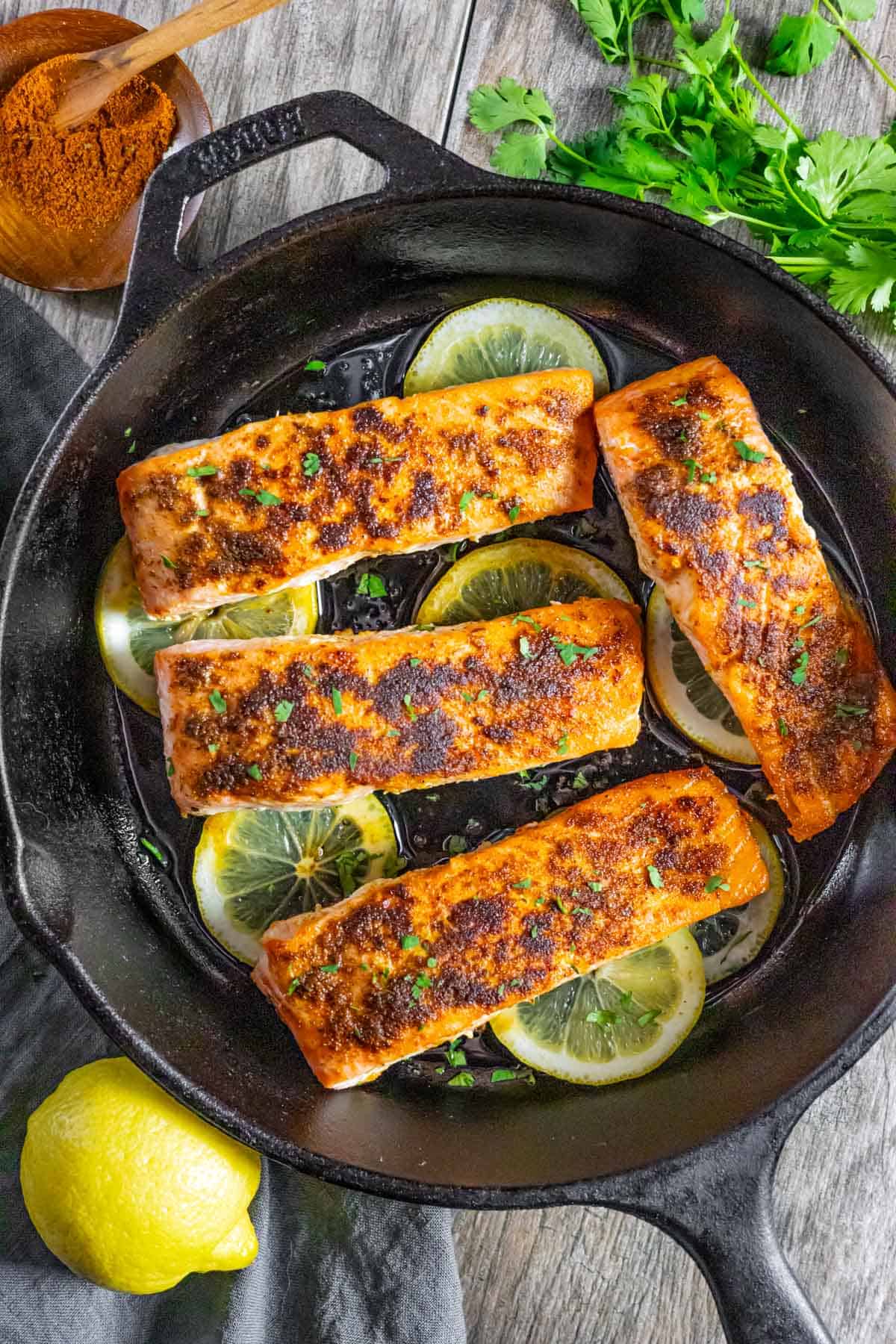
Jump to:
- Why you'll love this recipe
- Ingredients
- Where to buy salmon
- Salmon steak vs fillet
- The best salmon to buy
- Types of masala
- Is masala low-FODMAP?
- Is this salmon tikka?
- Is salmon low-FODMAP?
- Instructions
- Expert tips
- Variations
- How to serve
- Sauces to drizzle
- How to store
- FAQ
- Pair with these delicious side dishes
- 📖 Recipe
- 💬 Comments
This keto salmon recipe is made on the stove-top in just minutes. What I love most about this dish, is that the fish gets a savory, crisp herb crust on the top. The tikka masala gets slightly caramelized and is one of the best things about it. And, don't get me started about that crispy salmon skin!
I like to serve this on my Homemade Cauliflower Rice or alongside Herb Roasted Rutabagas or Roasted Carrots with Fenugreek. Try adding a drizzle of Cilantro Lime Salad Dressing - it's one of the most versatile sauces you can have in your fridge and is so good with tikka masala.
Why you'll love this recipe
- Quick and easy - this fast and simple on the stovetop
- Healthy - salmon is a perfect protein for those following a low-carb, keto, paleo, Whole30 or low-FODMAP diet
- Bold, vibrant flavors - these fragrant Indian spices have a complex flavor and pair well with just about any side dish
- High in omega-3 fatty acids - salmon provides heart-healthy fats (omega-3 fatty acids) that boost heart and brain health and reduce inflammation
- Easy meal prep - use this Indian salmon fish recipe for easy weekday meal prep for lunches, weeknight dinners and it's perfect for entertaining guests
- It's delicious!! - really, it's so, so good
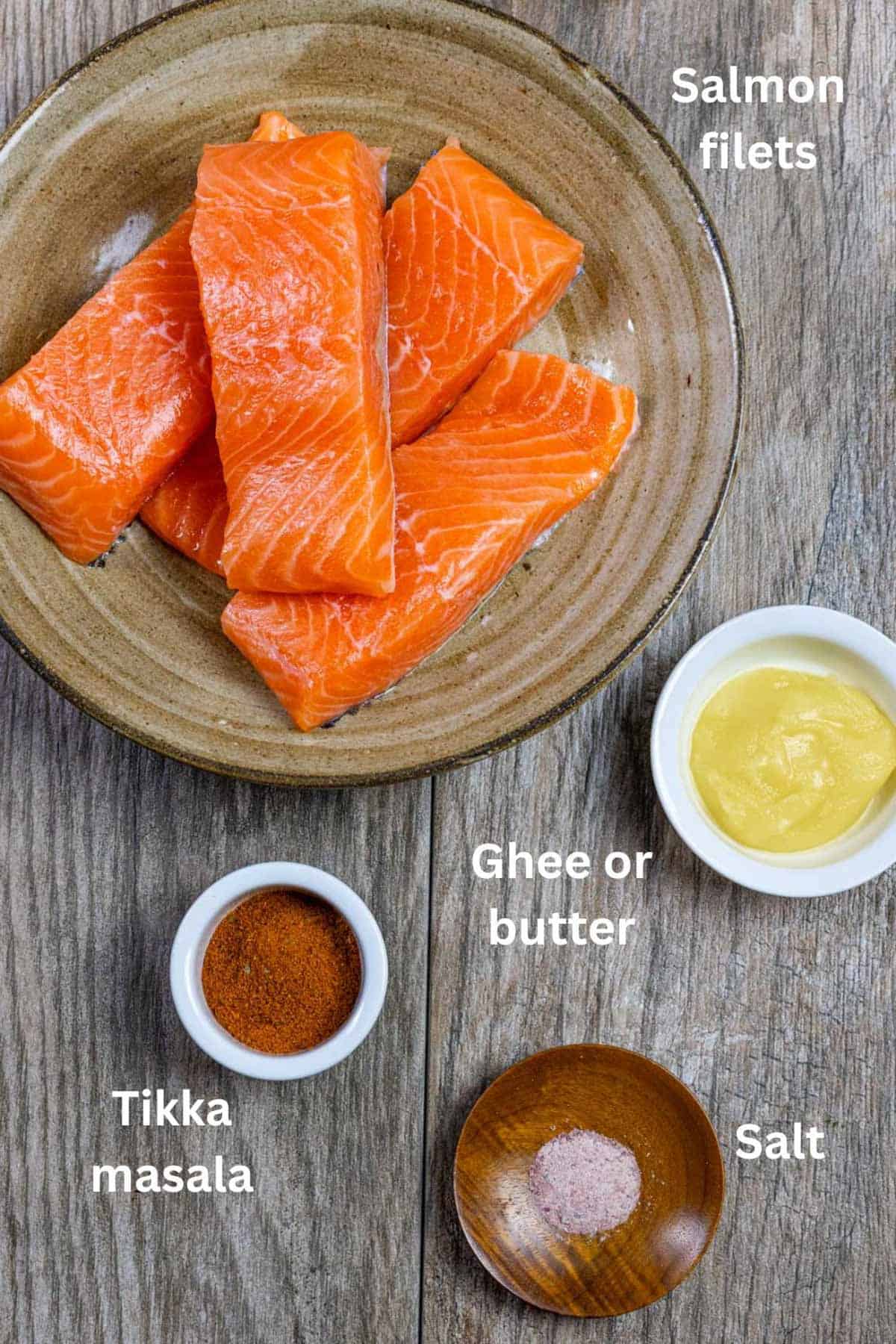
Ingredients
It only takes a few ingredients to get this spicy salmon recipe on the table in hardly any time at all.
- Salmon fillet or steaks - I like to use fillets for this recipe, but steaks work well, too
- Tikka masala powder - you can use your masala blend of choice, such as garam or Vindaloo, but I use my homemade Tikka Masala Powder Recipe
- Ghee or olive oil for frying - I adore the flavor of ghee with these spices and fish, but butter, olive oil or coconut oil can be used, as well
- Salt - I always use kala namak black salt because of its superior flavor profile, especially in Indian recipes. You can also use any culinary salt you have on hand. To learn more about my favorite salt, you can read more in my Kala Namak Ingredient Spotlight.
Where to buy salmon
A few times a year, we'll venture out to our beautiful Columbia River Gorge and buy a whole Chinook from the local Native American tribes in Cascade Locks. They're always fresh-caught and absolutely gorgeous. We bring the partially butchered fish home on ice and cut it into fillets that last for months in the freezer.
When purchasing at the store, look for fresh fish at your local market or seafood shop. I always look for wild-caught salmon over farmed salmon, as it has a higher nutrient profile and better flavor.
Frozen salmon fillets are also a good option. Costco has reasonably priced wild-caught salmon that is sold frozen, in individually packaged portions.
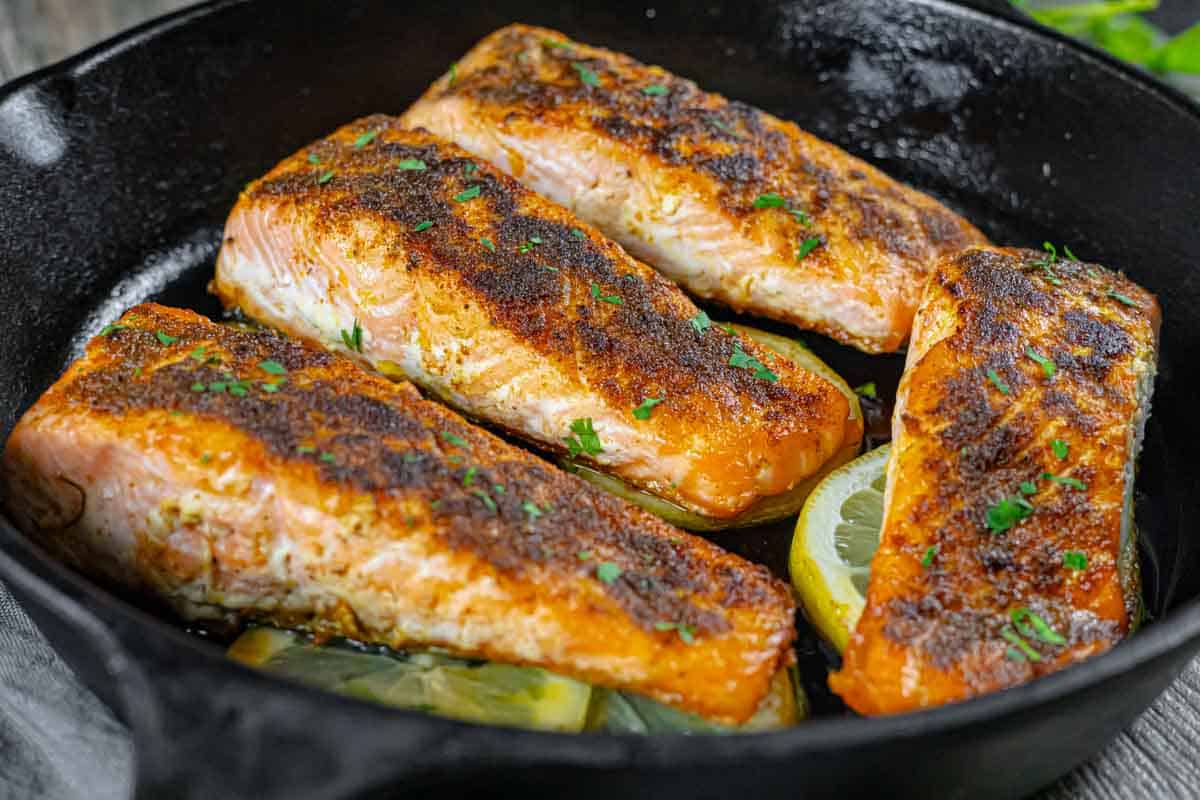
Salmon steak vs fillet
A steak is cut across the spine in various thicknesses, so you'll see the circle of the spine in the center with two 'wings' coming downward where the fish organs were removed. A fillet is a piece cut from the side of the fish. The fish is cut from head to tail along the spine, which is then sliced into fillets. Both are great cuts. Fillets tend to have a whole side with the skin still on it, where steaks have skin just along the outer edge.
Personally, I tend to like using fillets for pan-frying but either can be used. I like fillets because I can start frying the fish skin side down and let it get crispy before it's flipped.
If you choose to use steaks, they'll cook up to perfection in a pan, as well. The cook time is the same for fillets or steaks.
The best salmon to buy
There are a few things I look for when purchasing:
- Purchase a fillet with the skin on, if possible - it adds more flavor to the fish and allows additional cooking time on that side without making the fish tough. And, if you like crispy skin, then you get an extra treat.
- If you buy it packaged - be sure the packaging is air-tight, without any liquid in the bottom of the tray. If it does have additional liquid, dry the fillet before adding it to the pan so the fish stays firm and doesn't end up steaming and becoming mushy.
- Check the color - wild-caught has a deeper orange color than farm-raised, with less fat. Both varieties should be a bright orange-coral color. Older wild salmon and farm-raised will be more pale.
- Notice the smell - fresh fish barely has a fishy odor at all (if any). If your fish smells strongly or has a pungent odor, that typically means it is old or has been temperature compromised.
- Do the finger-press test for freshness - if you press lightly in the center of the fillet, the flesh should bounce back rather than leaving a permanent indentation
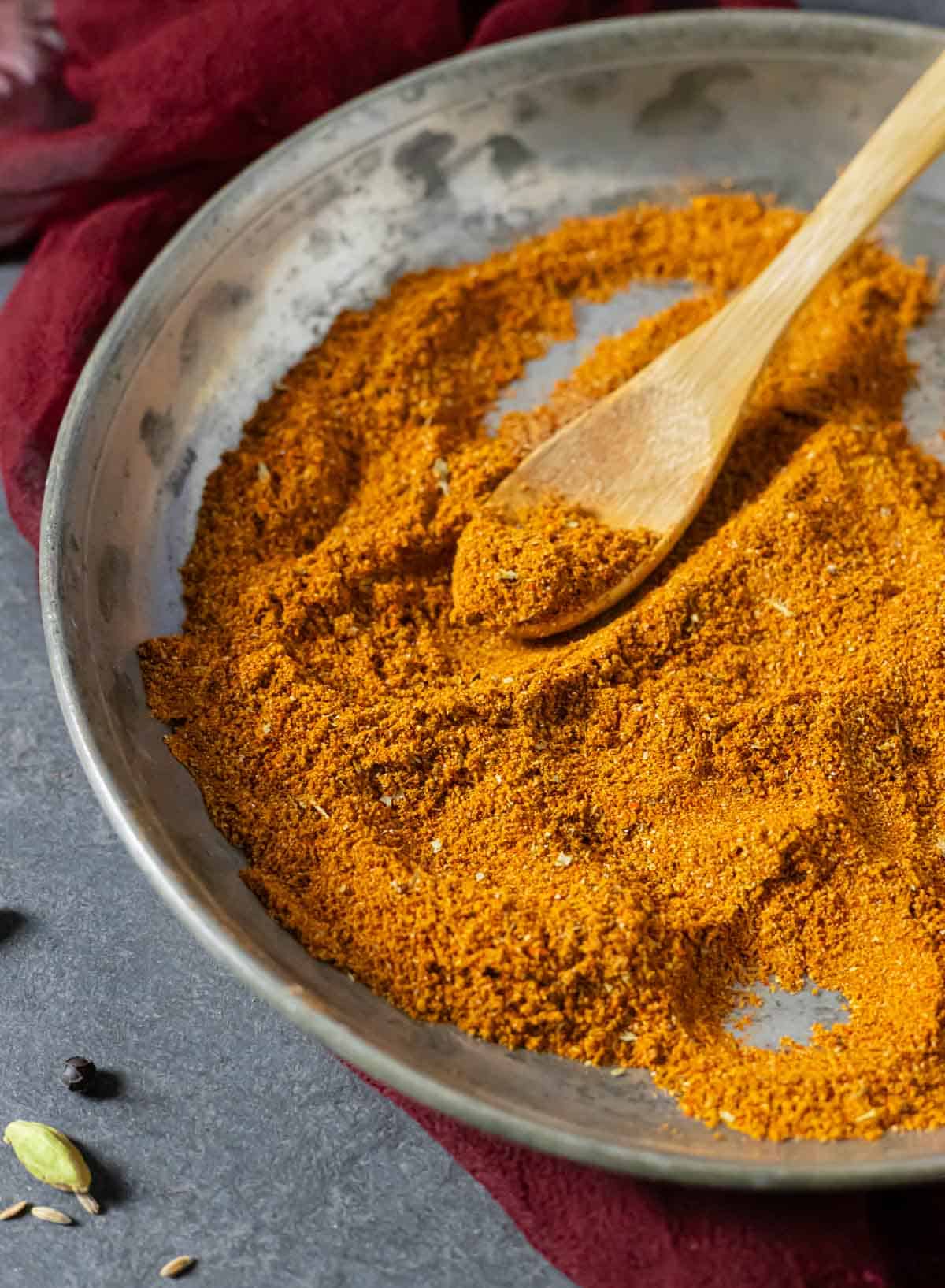
Types of masala
Did you know there are at several kinds of masala? I keep some Vindaloo, Tikka and Garam masala powders around at all times. The flavor profile of each of these is a bit different. Garam tends to carry the least heat, while Vindaloo is usually the spiciest.
Personally, I like this dish to have a little bit of heat, so I opt for my Homemade Tikka Masala. I love the way the and spices form a nice crust on the fish. It's my favorite part! However, the best masala to use is your choice.
Keep in mind, when the spices are sautéed in ghee or oil, the heat of the masala spice will die down just a bit. You're left with toasted, aromatic herbs and a slight toasty crust. I like to use Kala Namak black salt to season my fillet. Kala Namak black salt (aka Indian Black Salt) is a very earthy salt, often used in Indian cuisine. It's one of my favorite salts that I put on almost everything. Read more about Kala Namak in my ingredient spotlight.
Is masala low-FODMAP?
Yes! Typically, masalas make great low-FODMAP spice blends. But, make sure to read the ingredients to be sure they're garlic and onion free. Not all products contain only low-FODMAP seasonings. My homemade tikka masala is FODMAP-friendly and contains Kashmiri chili, a low-FODMAP chili powder, so you can feel good about adding this to your list of low-FODMAP salmon recipes!
Keep in mind that some ingredients like chili pepper contain capsaicin and can aggravate IBS symptoms in some people.
Is this salmon tikka?
While this recipe contains the same delicious, complex spice blend, it is technically not salmon tikka. Traditional fish tikka is made with chunks of fish, marinated in tikka masala and yogurt, then grilled or cooked in a tandoor oven.
Is salmon low-FODMAP?
Since fish is a protein, it is free of FODMAPs, making this low-FODMAP fish recipe a perfect main course.
Instructions
Making this dish is so simple!
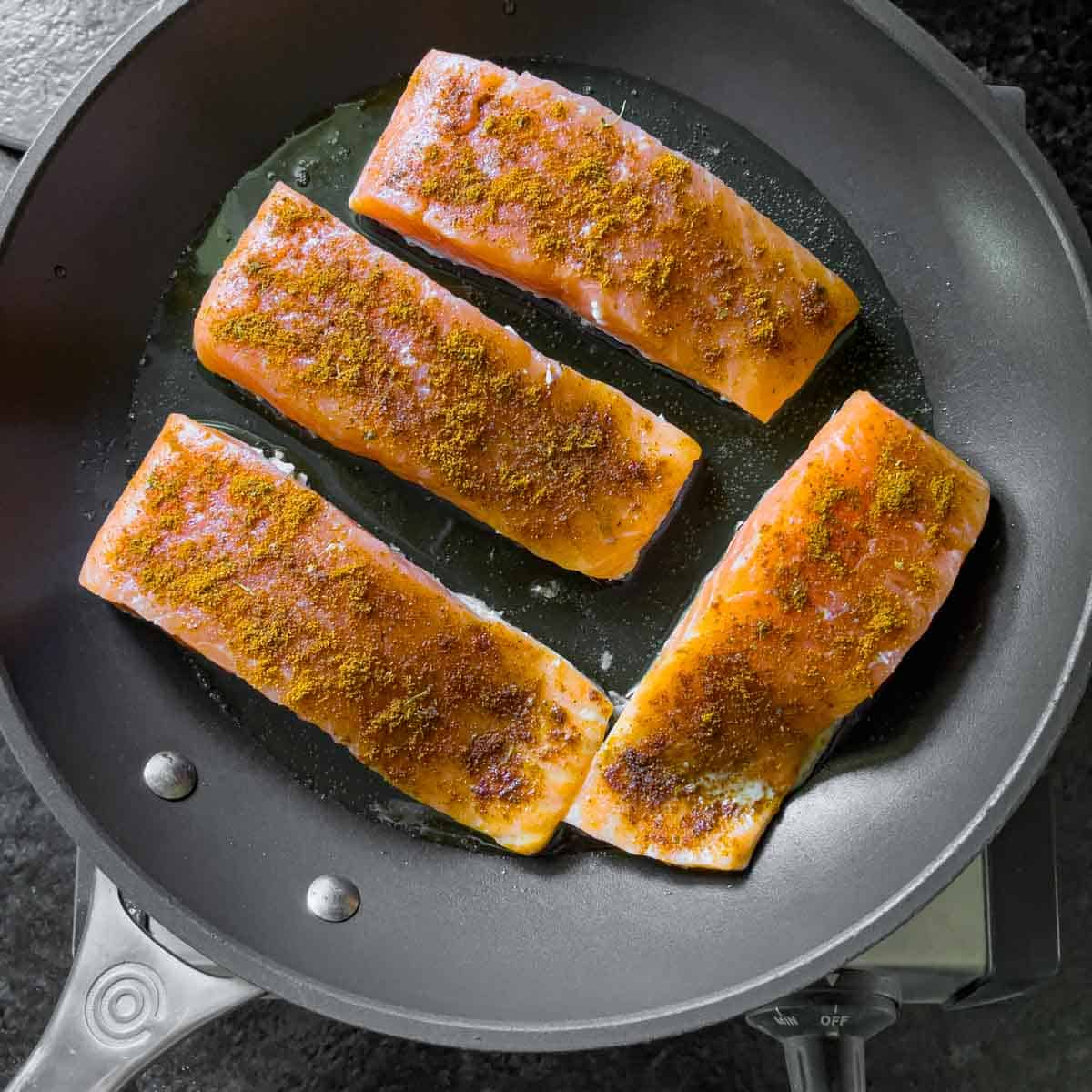
- Melt the ghee or heat the olive oil in a large skillet
- Add the fish to the skillet, skin side down and season with the masala and salt
- Fry on medium heat for 4-5 minutes. This should be enough time to get wonderful, crispy salmon skin.
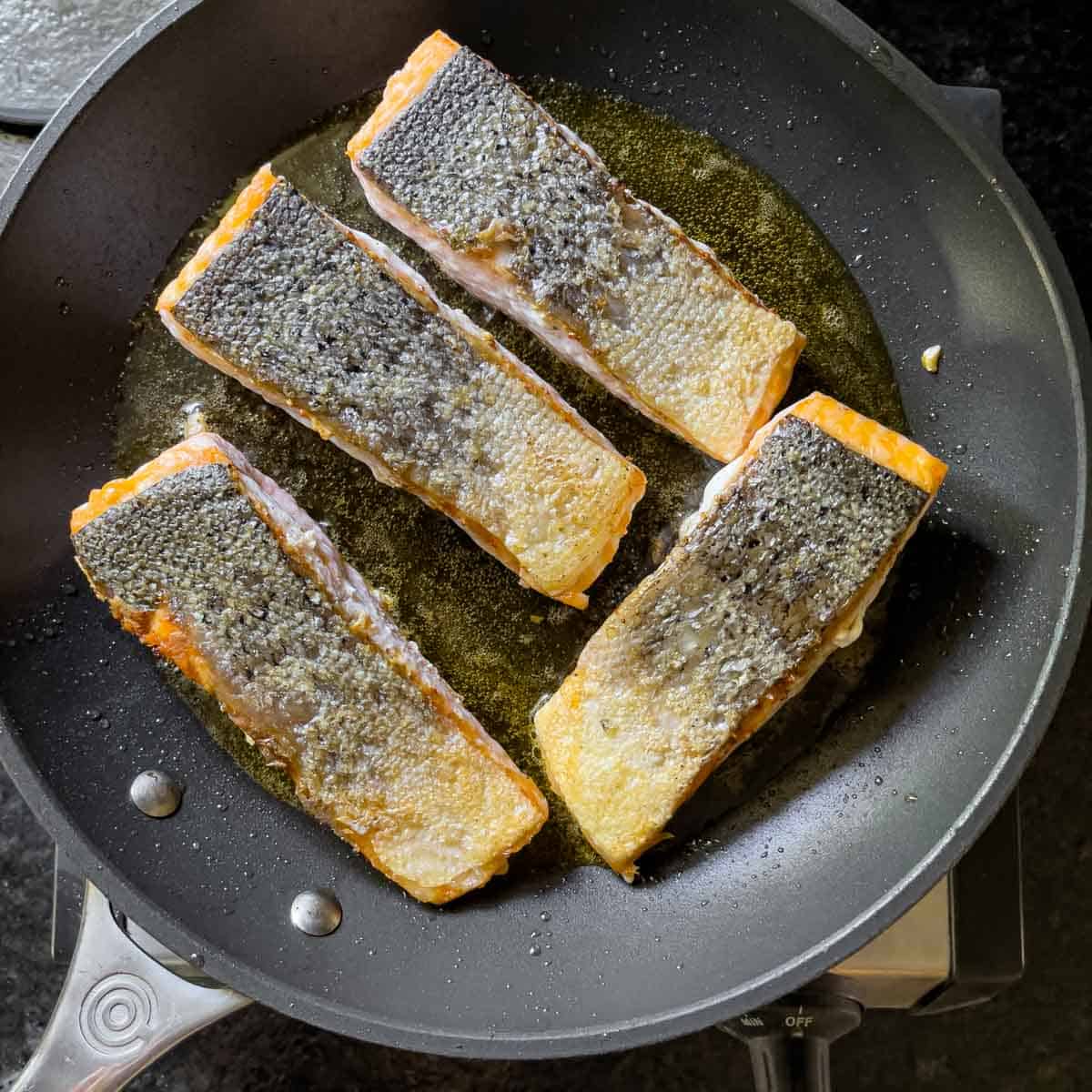
Flip and cook for another 4-5 minutes. The seasoned side will develop a crisp coating of spices.
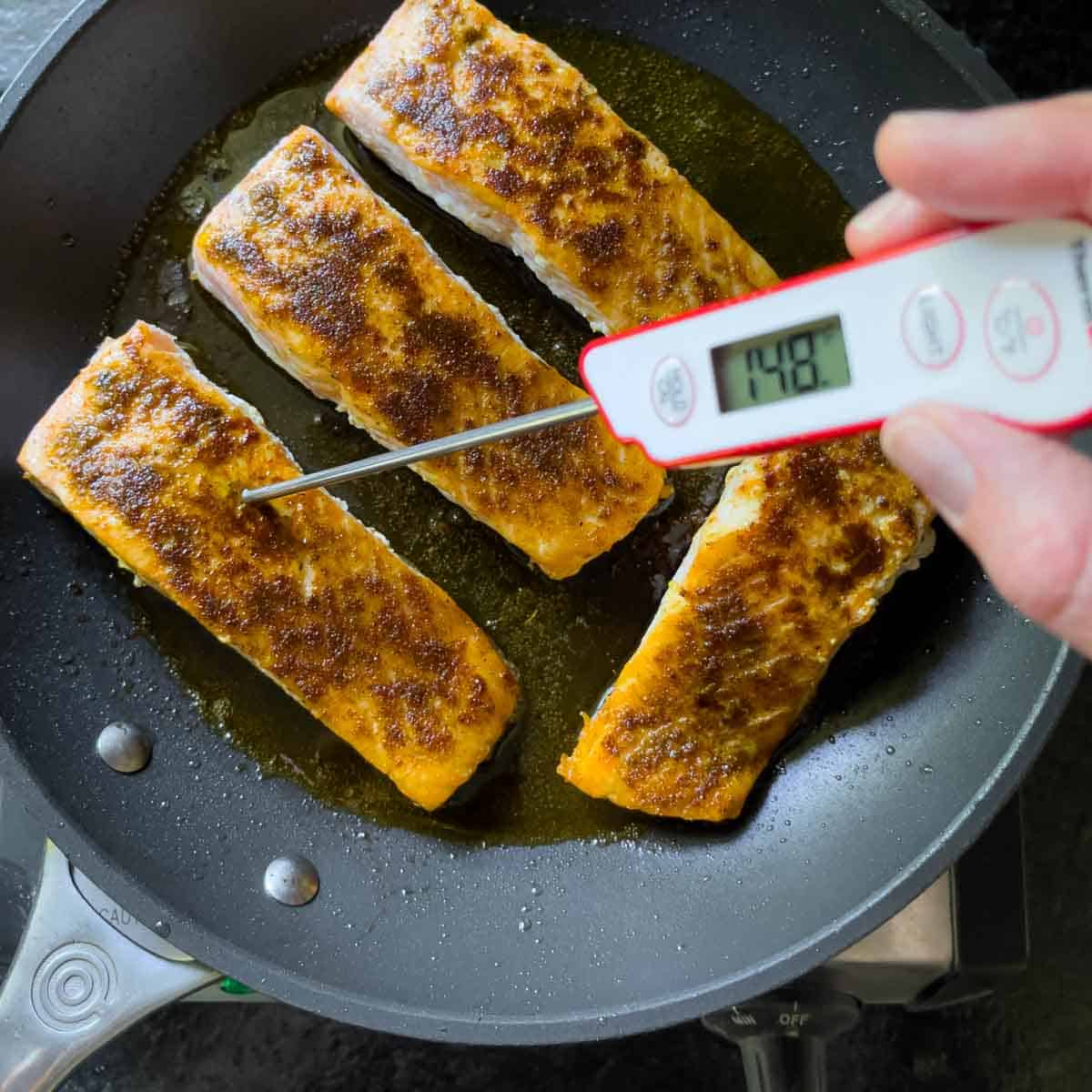
Flip over again, skin side down, and temp the thickest part of the fillet. The temperature should be at least 145F. Cook longer if needed and serve.
Expert tips
- Internal temperature - cooking time depends on the thickness of your fillet or steak. The fish is done when it flakes easily with a fork. If using a meat thermometer, the internal temp at the thickest part of the fillet should read 145F.
- Covering while cooking - I find that covering the pan with a lid ensures even cooking, while still allowing the skin to crisp. If you find the skin isn't crisp enough after cooking with a lid on the pan, cook for an additional 2 minutes on the skin side before removing from the skillet.
Variations
- Use Tikka Masala Paste - the salmon cooks very well in a skillet with tikka paste. It gives a slightly different flavor profile, but is absolutely amazing.
- Add a splash of tamari or coconut aminos to the skillet - be sure to allow enough time for the liquid to cook off in order to get that crispy herb coating or crispy salmon skin
- Add a squeeze of lime - this adds a nice finishing touch
- Use another fish - this recipe works well for tilapia, cod, rockfish and even sturgeon. Keep in mind that the density of the fish will impact cooking time. For example, sturgeon is very dense and will take longer to cook. I suggest cooking it with a lid.
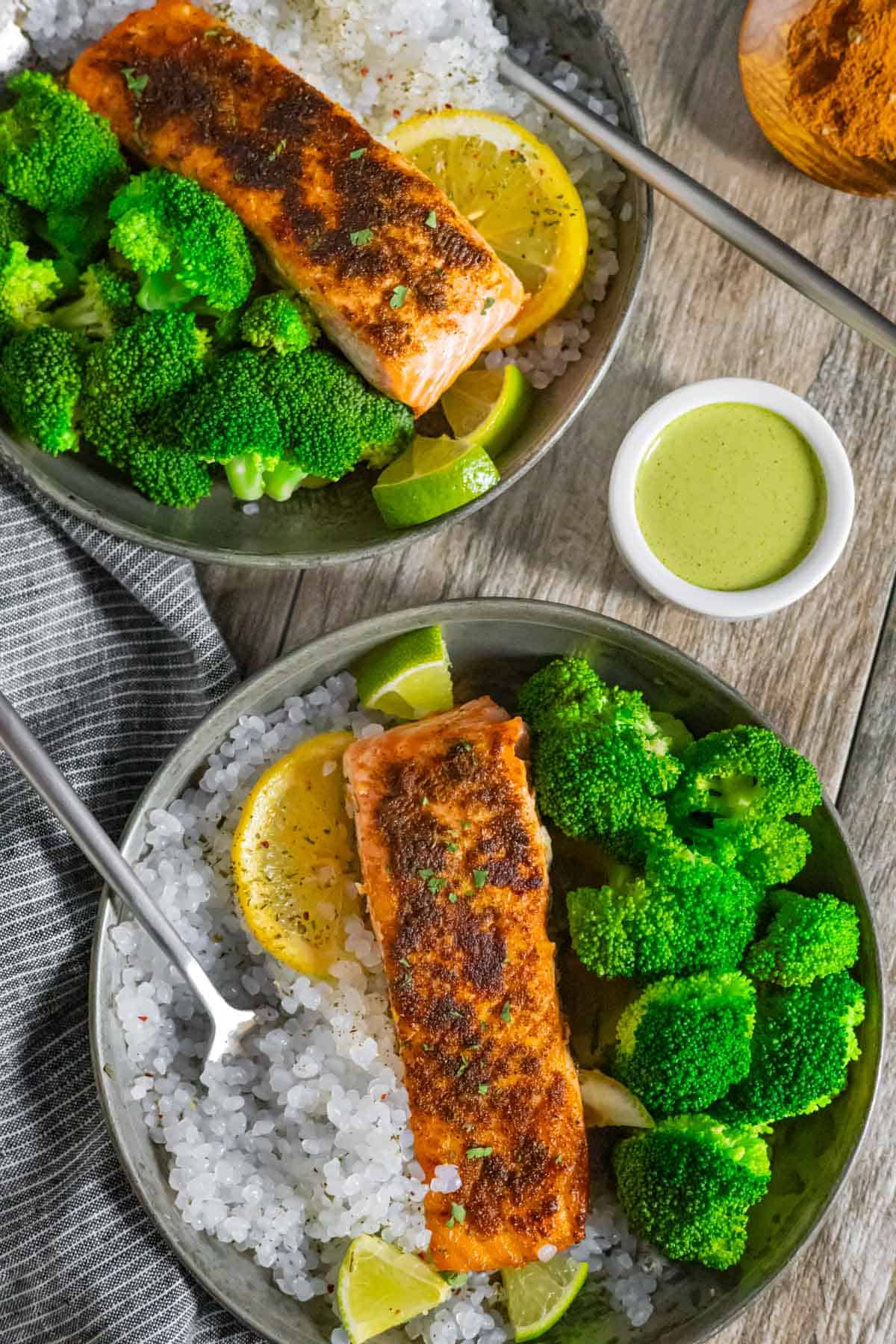
How to serve
- On your favorite rice - enjoy these fillets over cauliflower rice, low-FODMAP and keto shirataki rice (pictured above) or regular rice if you're not watching your carbs
- With soup - dish up a side of Low-FODMAP Cream of Broccoli Soup with Almonds
- With Keto Colcannon - this recipe is very similar to mashed potatoes and has incredible flavor. It pairs so well with Indian spices.
- Top your favorite salad - add to a Fattoush Salad or Kale BLT salad for a spectacular dinner salad. It also pairs well with Cilantro Lime Coleslaw.
- Drizzle with Cilanatro Lime Dressing - this is for more than just salads! It makes a great sauce, in addition to being one of the best low-FODMAP salad dressing recipes.
- Mexican or Red Chimichurri - top the fish with red or Mexican chimichurri for an amazing Mexican fusion
- Garnish - with fresh cilantro and lemon or lime wedges
TIP: If you have leftover ghee in the pan, drizzle it over the fish when serving. It's infused with the herbs and is just too good to waste!
Sauces to drizzle
Try topping with these amazing sauces.
How to store
Leftovers will keep in the refrigerator in an airtight container for up to 3 days. You can also freeze for up to 3 months.
FAQ
Yes - it is high in protein, moderate in fat and contains no carbs. When combined with other healthy fats, it's a perfect addition to a keto diet.
No. No marinating is required for this recipe. This is a simple pan-fried fish recipe with a sprinkling of tikka masala powder that's added at the time of cooking.
You can use either. Keep in mind that the fillet will cook faster without the skin on.
Masala is loosely translated to mean a mixture of ground spices.
Pricing depends on the variety, with king salmon being the most expensive, around $25 per pound. Sockeye, coho and Atlantic are generally between $10-20 per pound.
Did you make this recipe? Let me know how you liked it by giving a star rating and leaving a comment!
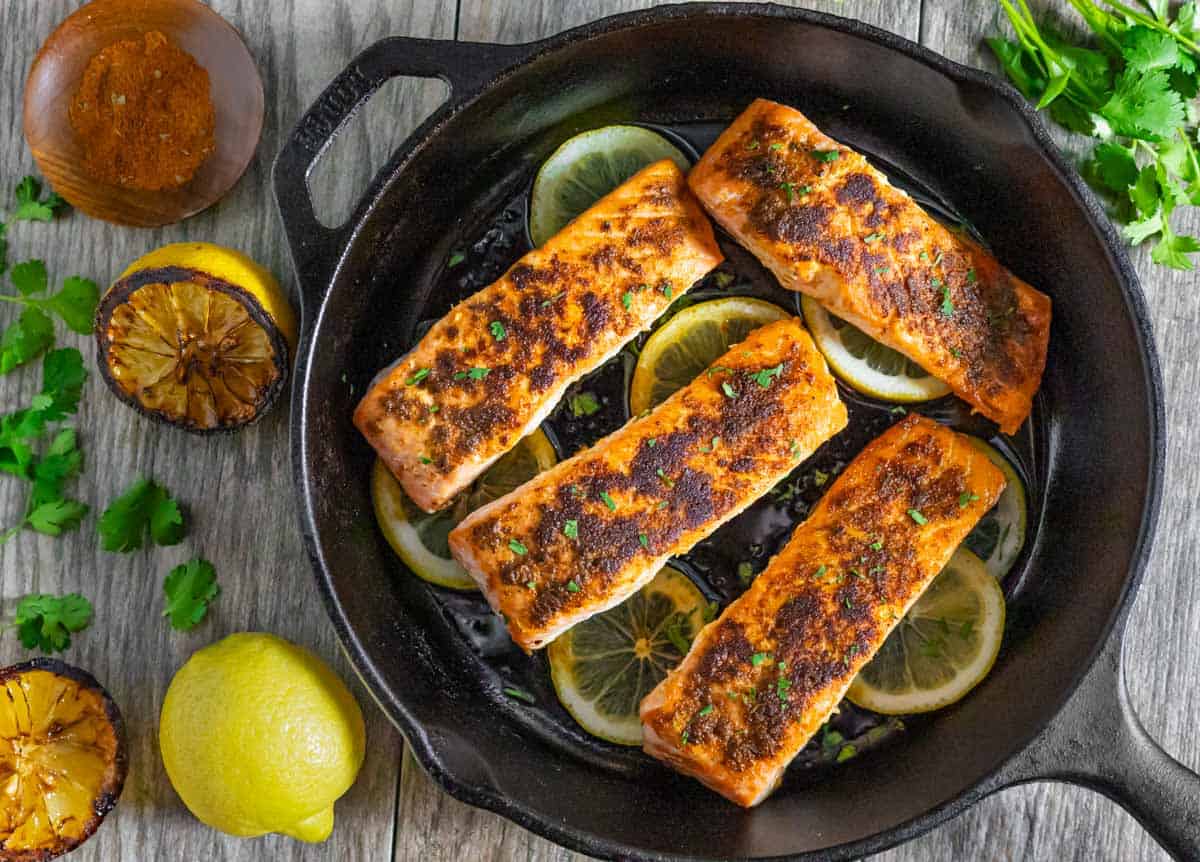
Pair with these delicious side dishes
📖 Recipe
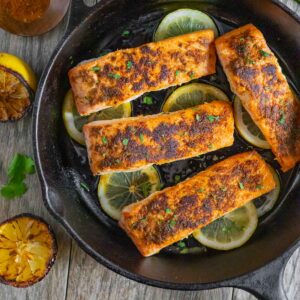
Indian Spiced Salmon Recipe
Ingredients
- 4 salmon fillets (or steaks)
- 1 teaspoon homemade tikka masala powder (or your favorite tikka masala brand)
- 2 tablespoons ghee (or butter, olive oil or coconut oil for the pan)
- ½ teaspoon kala namak black salt (or kosher, fleur de sel or sea salt)
Instructions
- Melt the ghee in a large skillet over medium heat and add the salmon fillets, skin side down.
- Season the fish with salt and tikka masala powder.
- Cook for 4-5 minutes.
- Flip the fillets and cook for another 4-5 minutes.
- Turn the fish over again and temp with a meat thermometer. The salmon should have a crisp herb coating and the internal temperature should read at least 145℉.
- Cover and cook longer, if needed. Total cook time will depend on the thickness of the fillets.
Notes
Expert tips
- Internal temperature - Cooking time depends on the thickness of your fillet or steak. You can tell when it's done when the fish flakes easily with a fork. If using a meat thermometer, the internal temp at the thickest part of the fillet should read 145℉.
- Covering while cooking - I find that covering the pan with a lid ensures even cooking, while still allowing the skin to crisp. If you find the skin isn't crisp enough after cooking with a lid on the pan, cook for an additional 2 minutes on the skin side before removing from the skillet.
Variations
- Use Homemade Tikka Masala Paste - the salmon cooks very well in a skillet with tikka paste. The flavor will be slightly different, but it will still be amazing.
-
- Add a squeeze of lime - this adds a nice finishing touch
How to serve
- On your favorite rice - enjoy serving over cauliflower rice, low-FODMAP and keto shirataki rice or regular rice if you're not watching your carbs
- With Keto Colcannon - this recipe is similar to mashed potatoes and has incredible flavor. It pairs so well with Indian spices.
- Top your favorite salad - add to a Fattoush Salad or Kale BLT salad for a spectacular dinner salad. It also pairs well with Cilantro Lime Coleslaw.
- Drizzle with Cilanatro Lime Dressing - this is for more than just salads! It makes a great sauce, in addition to being one of the best low-FODMAP salad dressing recipes.
- Garnish - with fresh cilantro and lemon or lime wedges
Nutrition
*Net carbs = carbohydrates - fiber
Nutritional information is an estimate, calculated using online tools and does not include optional ingredients unless otherwise indicated.

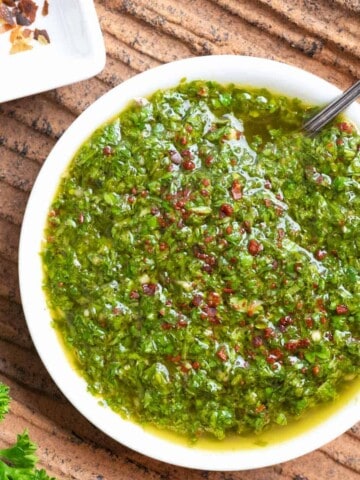
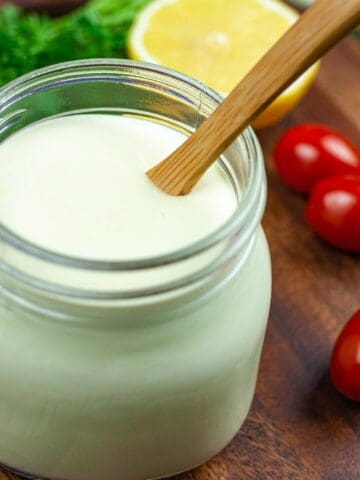
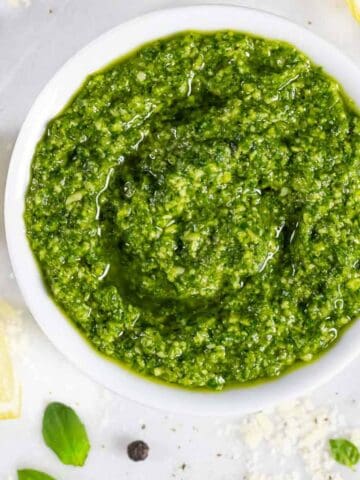
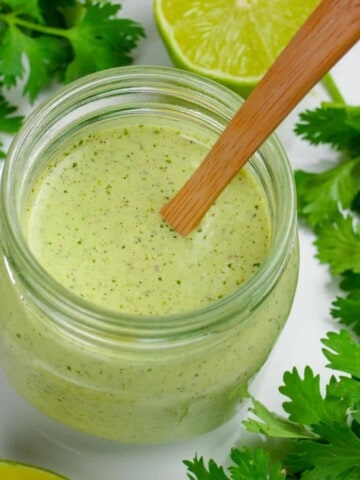
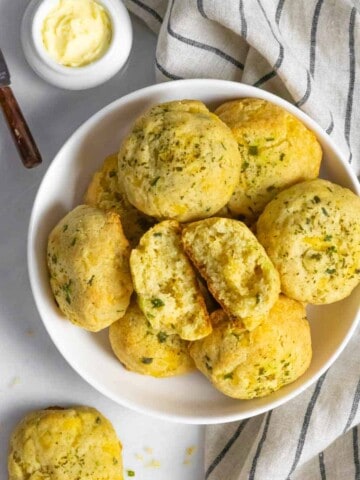
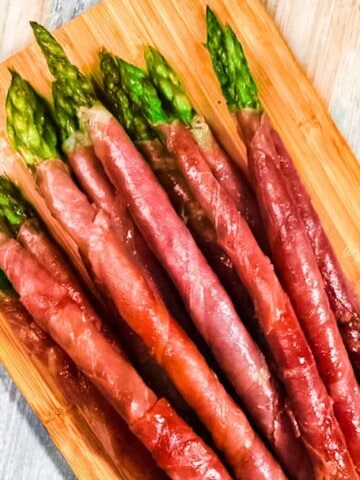
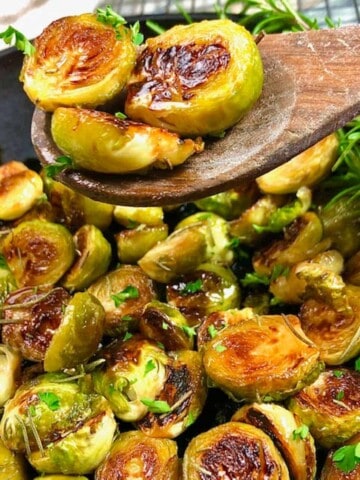
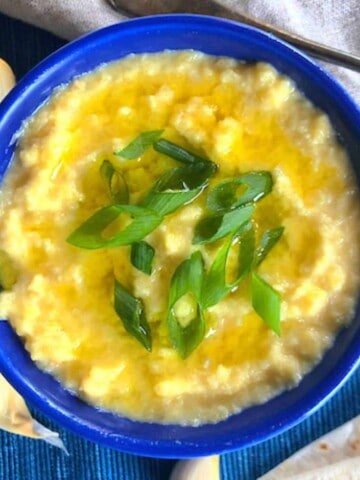
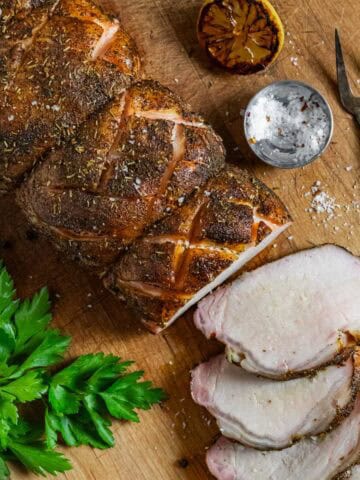
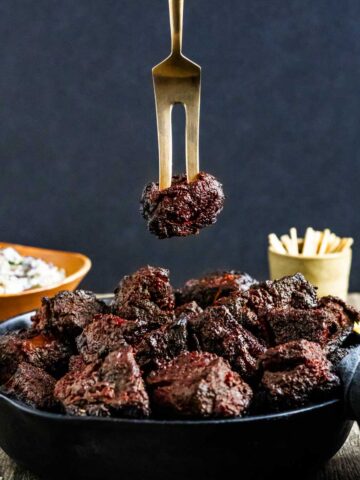
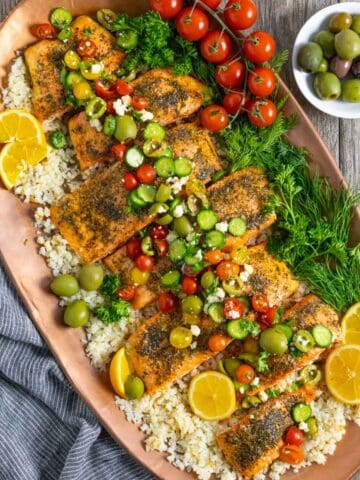
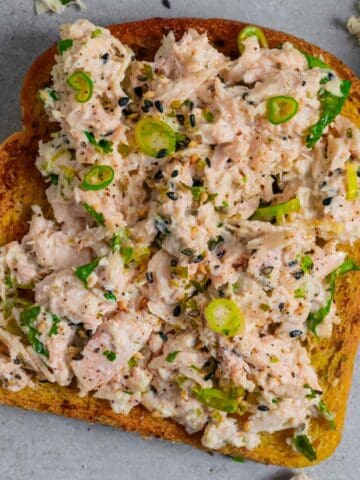
Comments
No Comments